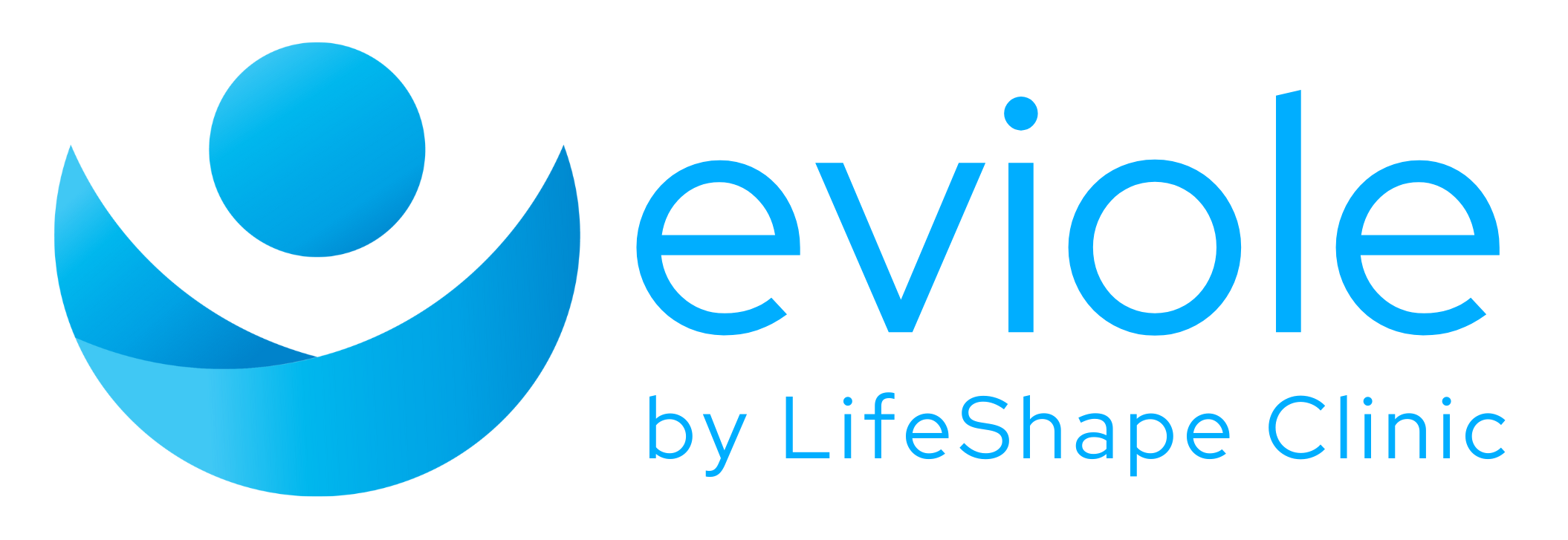The Hunger & Fullness Scale
Close your eyes. Focus your awareness first on your mouth and tongue, then on your throat and neck, and finally your chest and stomach. As you work your way down can you detect any signals that your body is giving you about your hunger or fullness status? Does any part feel tense, hollow, or dry?…




